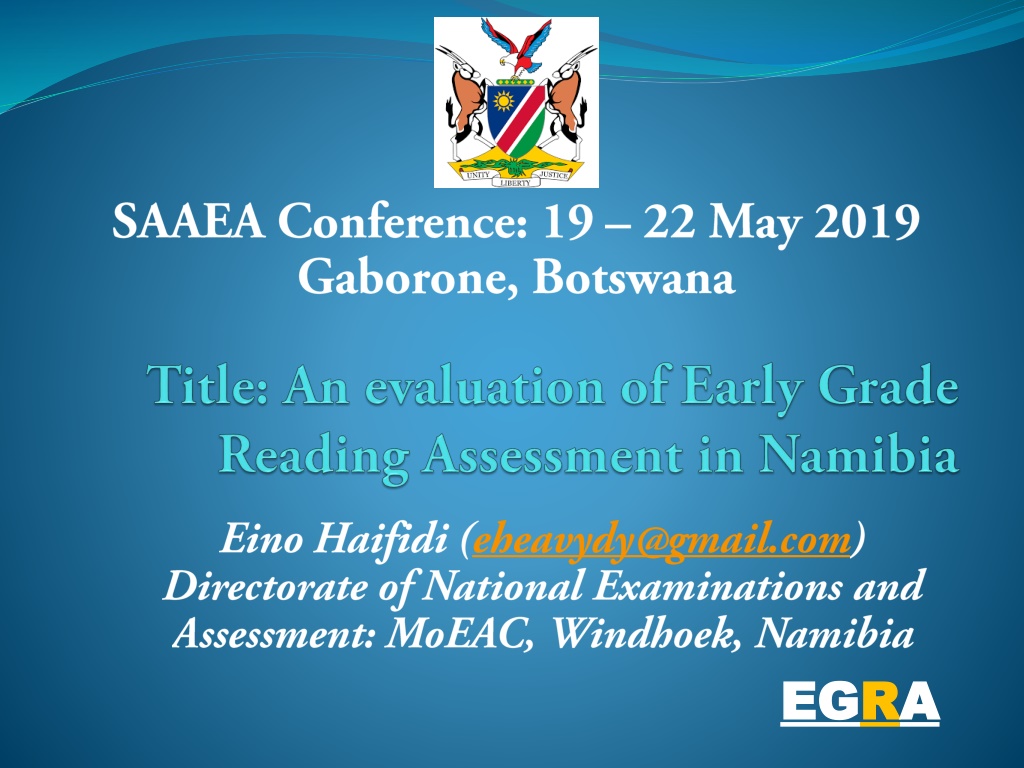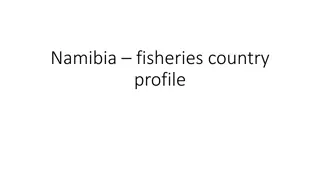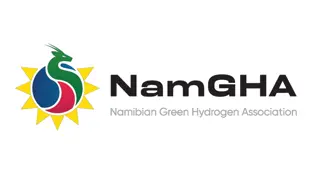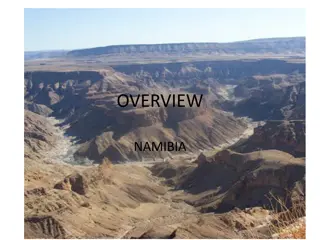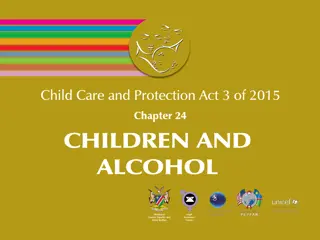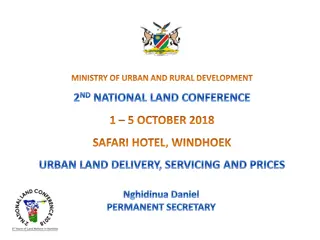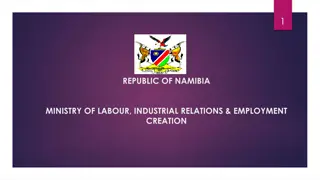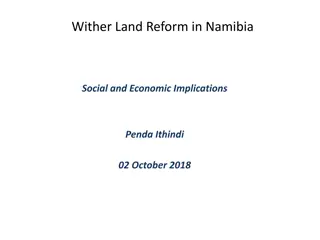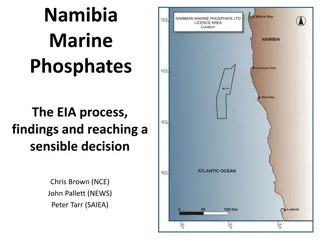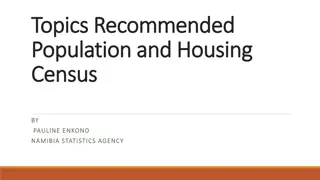The EGRA Tool and its Application in Namibia
Explore the EGRA tool (Early Grade Reading Assessment) and its significance in Namibia. Learn about the purpose, background, funding, challenges, and recommendations associated with EGRA implementation in Africa. Discover key achievements and the intervention strategy used to improve early grade reading skills.
Download Presentation

Please find below an Image/Link to download the presentation.
The content on the website is provided AS IS for your information and personal use only. It may not be sold, licensed, or shared on other websites without obtaining consent from the author.If you encounter any issues during the download, it is possible that the publisher has removed the file from their server.
You are allowed to download the files provided on this website for personal or commercial use, subject to the condition that they are used lawfully. All files are the property of their respective owners.
The content on the website is provided AS IS for your information and personal use only. It may not be sold, licensed, or shared on other websites without obtaining consent from the author.
E N D
Presentation Transcript
EG EGR RA A
3. EGRA Application in Africa
4. Background of EGRA in Namibia
5. What prompted EGRA in Namibia?
7. The Namibian EGRA tool
10. EGRA Intervention Strategy
Thank you Questions and Comments .. EG EGR RA A
